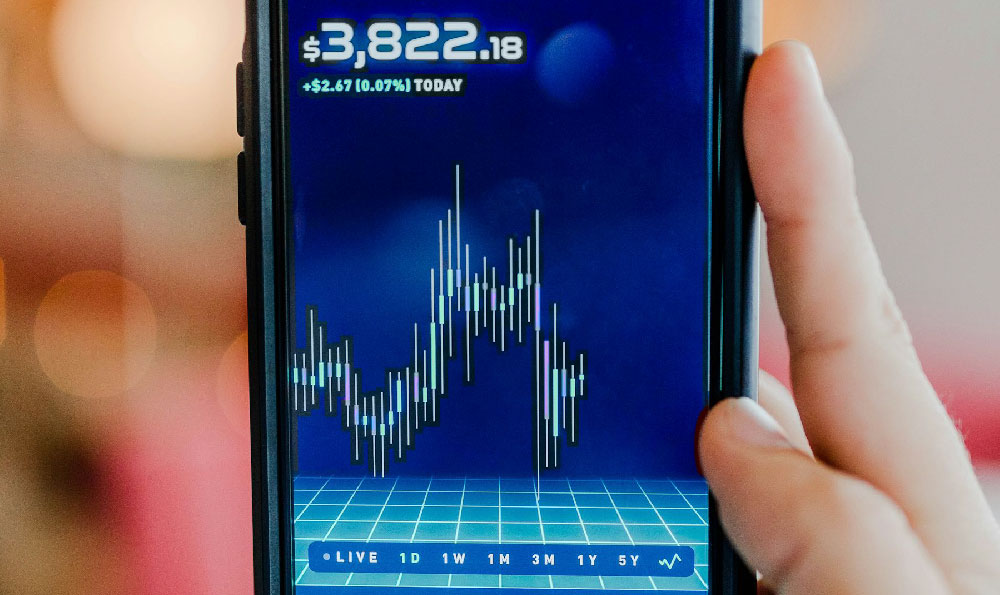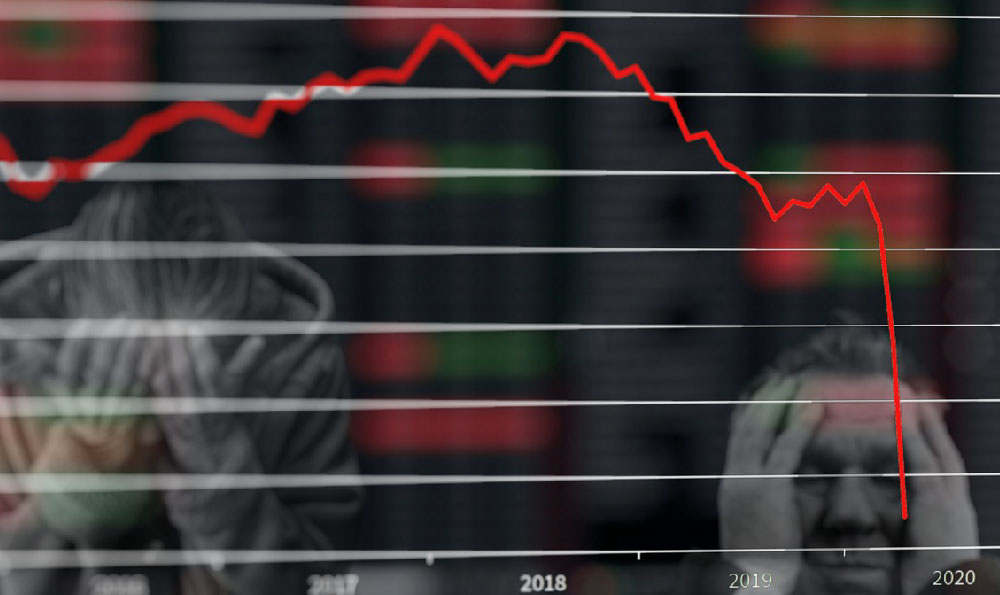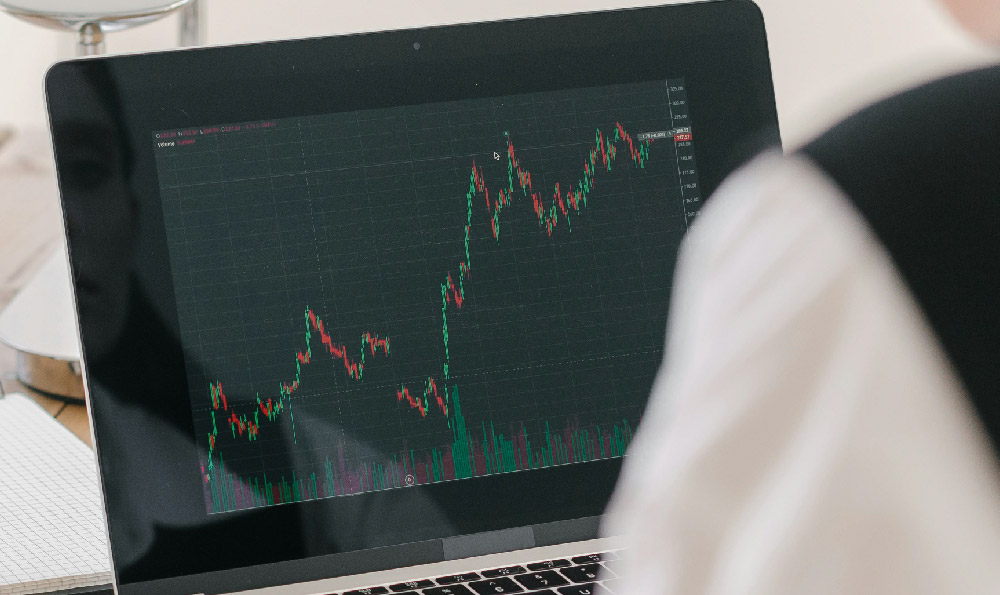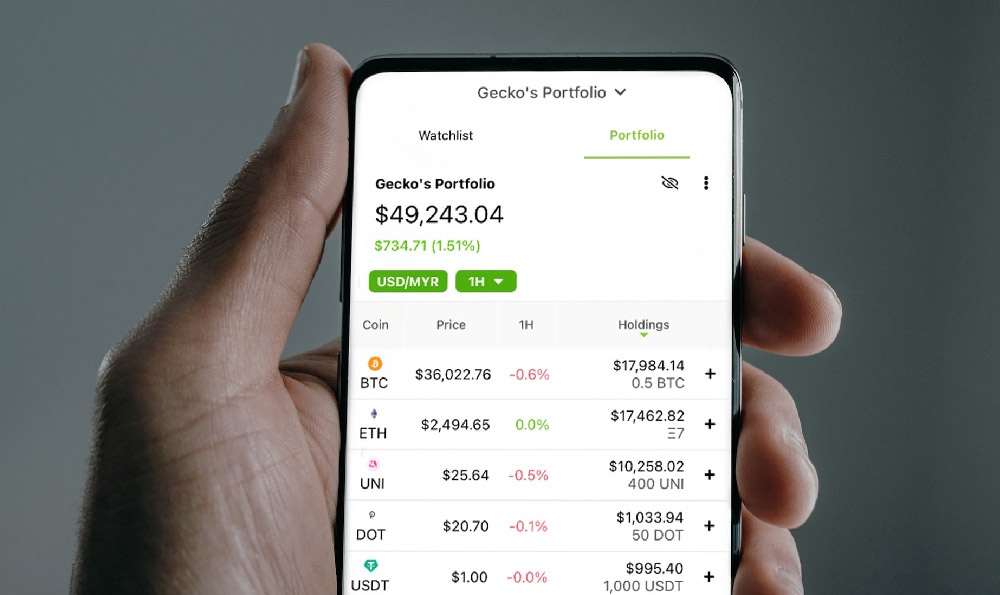Apple (AAPL) is a titan of the technology world, a company synonymous with innovation, sleek design, and a loyal customer base. Whether its stock is a "buy" or "sell" is a complex question that requires a thorough examination of the company's current financial health, its future prospects, and the overall market environment. Let’s delve into the factors that could influence your investment decision.
Firstly, consider Apple's financial performance. For years, Apple has consistently delivered impressive revenue and profit figures. A robust balance sheet, characterized by substantial cash reserves, provides the company with financial flexibility for strategic investments, acquisitions, and shareholder returns through dividends and stock buybacks. However, past performance is not always indicative of future success. Investors must scrutinize recent earnings reports and key performance indicators (KPIs) to identify any emerging trends. Declining iPhone sales in certain regions, increased competition from Android-based smartphones, or supply chain disruptions could signal potential challenges to Apple's growth trajectory. Pay attention to trends in App Store revenue, services revenue (Apple Music, iCloud, Apple TV+), and sales of other hardware products like iPads and MacBooks. Growth in these areas could offset any weakness in iPhone sales.
Beyond financial performance, Apple's innovation pipeline is crucial. The company's ability to continuously develop and introduce groundbreaking products and services is what fuels its long-term success. Watch for announcements about new product categories, such as augmented reality (AR) headsets or electric vehicles. Even if these products are years away from hitting the market, positive anticipation can drive investor sentiment and stock prices upward. Pay attention to the company's research and development (R&D) spending and its track record of successfully launching new products. A slowdown in innovation or a series of product flops could indicate a weakening of Apple's competitive advantage.

The competitive landscape is another critical factor. Apple operates in a highly competitive industry, facing rivals like Samsung, Google, Microsoft, and Amazon. Each of these companies is vying for market share in various segments, from smartphones and tablets to cloud services and digital content. Investors need to assess Apple's ability to maintain its competitive edge in the face of increasing competition. How does Apple's product ecosystem compare to its rivals? Does it offer a compelling value proposition that justifies its premium pricing? Are there any emerging technologies or disruptive business models that could threaten Apple's dominance? Consider the rise of AI and how Apple is integrating it into its products and services. A company like Apple needs to be at the forefront of these technological shifts to maintain its relevance.
Furthermore, macroeconomic factors play a significant role. Global economic conditions, interest rates, inflation, and currency exchange rates can all impact Apple's business. A recession or economic slowdown could lead to a decline in consumer spending, which would negatively affect Apple's sales. Rising interest rates could make borrowing more expensive, which could dampen investment in growth initiatives. Currency fluctuations could affect Apple's profitability in international markets. Consider the geopolitical landscape as well. Trade tensions, tariffs, and political instability could disrupt supply chains and affect Apple's ability to manufacture and sell its products in certain regions.
From a technical analysis perspective, examine Apple's stock chart for key support and resistance levels, trendlines, and moving averages. These technical indicators can provide insights into the stock's momentum and potential price movements. However, technical analysis should be used in conjunction with fundamental analysis to make informed investment decisions. Avoid relying solely on technical indicators, as they can be misleading or inaccurate.
Before deciding whether to buy or sell Apple stock, define your investment goals and risk tolerance. Are you a long-term investor seeking steady growth and dividends, or a short-term trader looking to profit from short-term price fluctuations? Your investment horizon and risk appetite will influence your investment strategy. If you are a risk-averse investor, you may want to consider a smaller position in Apple stock as part of a diversified portfolio. If you are a more aggressive investor, you may be willing to take on more risk for the potential of higher returns.
It is important to avoid common investment pitfalls. Don't let emotions, such as fear or greed, drive your investment decisions. Conduct thorough research and due diligence before investing in any stock. Be wary of hype and unsubstantiated rumors. Don't put all your eggs in one basket. Diversify your portfolio across different asset classes and sectors to reduce your overall risk. Don't try to time the market. It is virtually impossible to predict short-term market movements with any degree of accuracy. Focus on long-term investing and avoid making impulsive decisions based on short-term market fluctuations.
In conclusion, deciding whether to buy or sell Apple stock requires careful consideration of a multitude of factors, including its financial performance, innovation pipeline, competitive landscape, macroeconomic environment, and technical indicators. Define your investment goals and risk tolerance, avoid common investment pitfalls, and consult with a qualified financial advisor if needed. Remember that investing in the stock market involves risk, and there is no guarantee of profits. Always do your own research and make informed investment decisions based on your own individual circumstances. While Apple remains a strong company with a compelling product ecosystem, prudent investors need to assess the risks and opportunities carefully before making any investment decisions. The answer to the question "Is Apple stock a buy or sell?" is ultimately subjective and depends on your individual investment profile and outlook.












